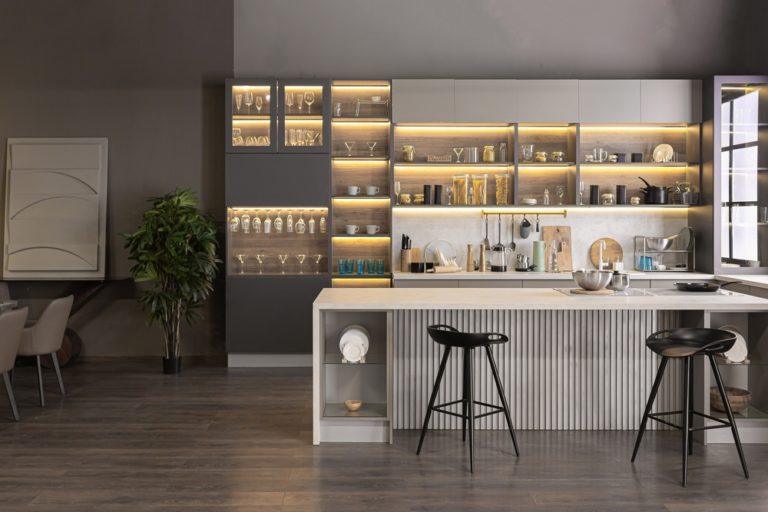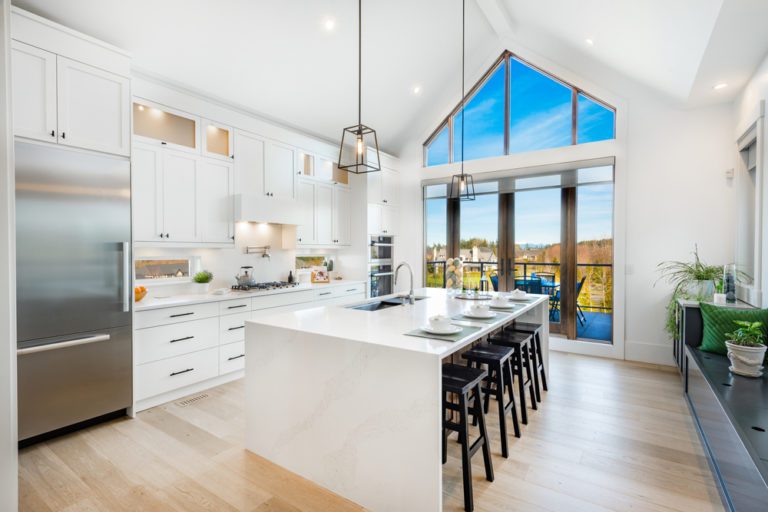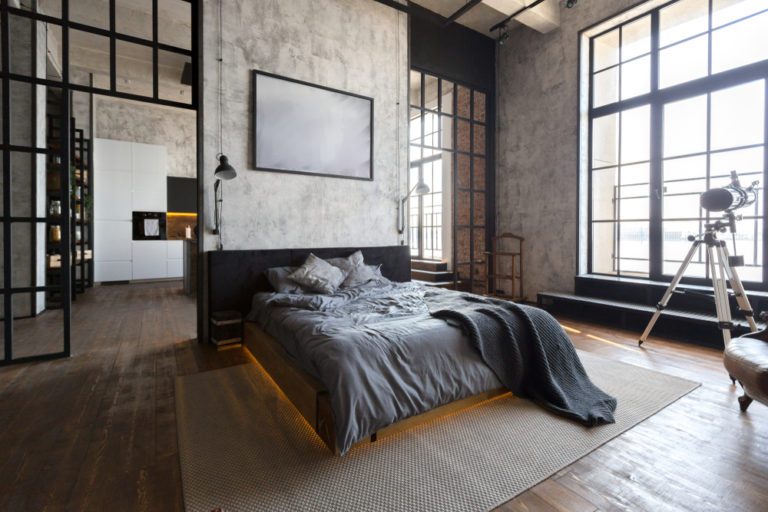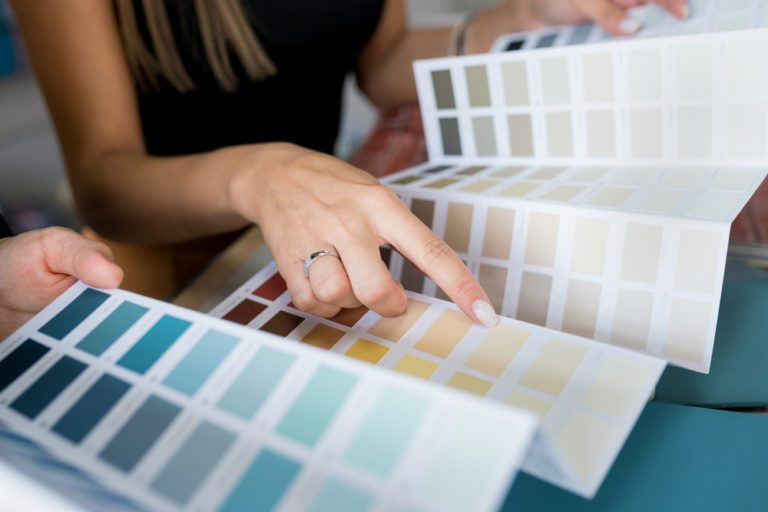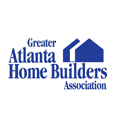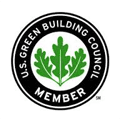With warmer weather here, it is time to see if winterizing our home has paid off and make sure the cold weather has not compromised the safety and efficiency of our HVAC system. Now is an ideal time to check both the outdoor and indoor systems for any wear and tear. You can start by performing a simple DIY inspection:
Change the filter – most HVAC systems need a new filter at least once every three months.
Visually inspect the key parts of your HVAC – frozen coils, water leaks, dirty evaporators or condenser coils may all require the assistance of an HVAC professional. Finding the problems early can reduce your repair costs later, when you need the HVAC running the most.
Pay attention to your thermostat: If it takes too long to cool or to heat up your home, it may be a sign that something is not working properly.
Aside from performing DIY inspections, if you are technically inclined, Energy Star provides a list of additional maintenance items:
1. Check the thermostat settings – Installing a programmable thermostat is a great way to ensure your home’s HVAC system cools and heats the home at the most efficient and opportune time. During a seasonal tune-up, an HVAC company should check the settings to make sure the system is heating or cooling as programmed.
2. Inspect electrical connections and test voltage on system components – Broken, loose or disconnected connections can mean your system isn’t operating properly, efficiently or safely, which will also increase the likelihood of component failure.
3. Lubricate moving parts – Moving parts without the right amount of lubrication increase friction and decrease your system’s overall efficiency. Without regular lubrication as needed, moving parts will also wear out more quickly.
4. Inspect the condensate drain – If the drain for condensation in your home’s air conditioner, furnace or heat pump becomes obstructed, water damage, high humidity levels and possible mold or bacteria growth may result.
5. Check system start-up and shutdown controls for proper operation – The startup and shutdown cycles, usually based on the thermostat settings, should be checked to make sure the system is operating properly and safely.
6. Check, clean or replace the air filter – This should be a part of the regular service, but if you don’t check or change your filters yourself, the HVAC contractor should be able to show you how to perform this essential task.

